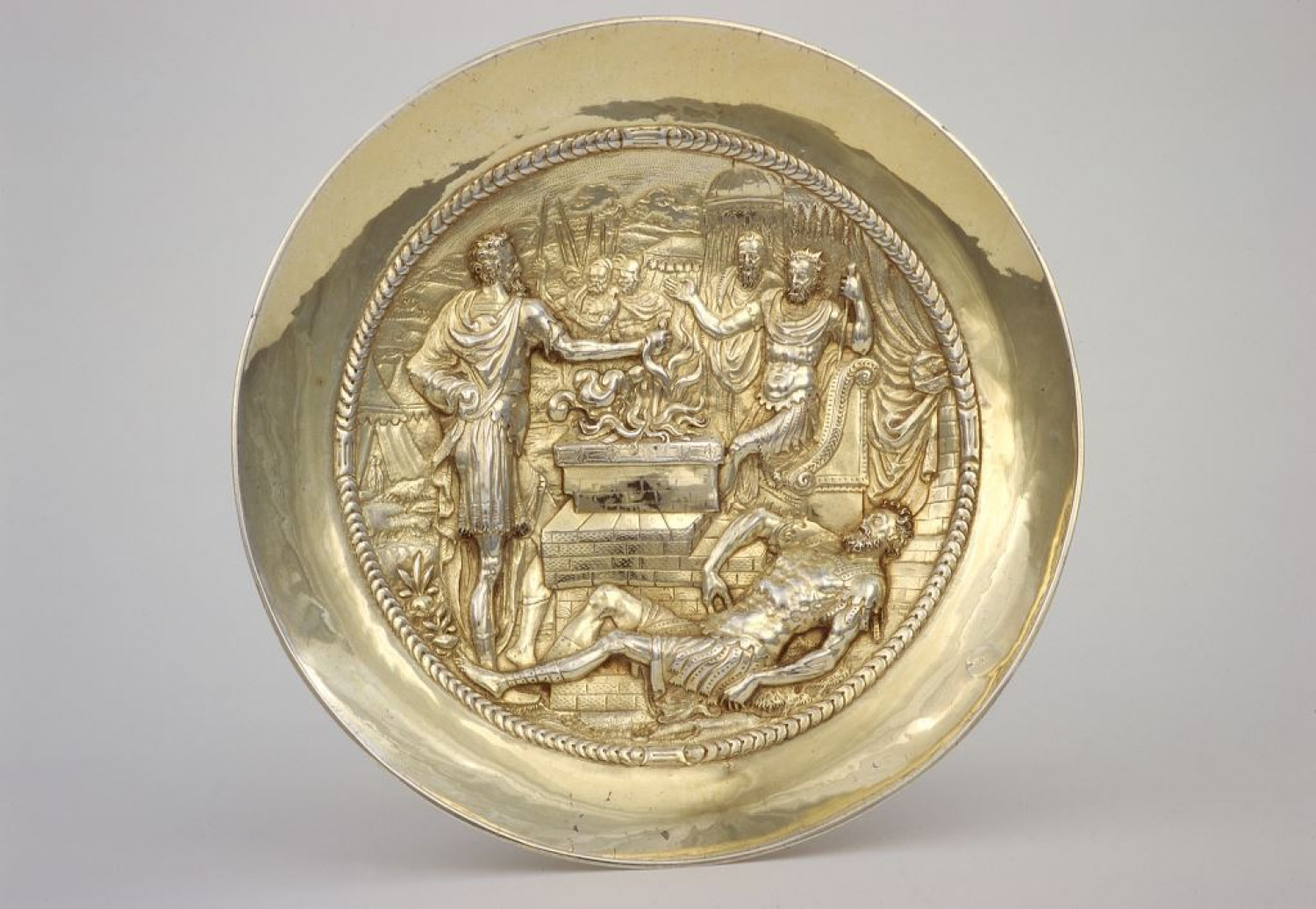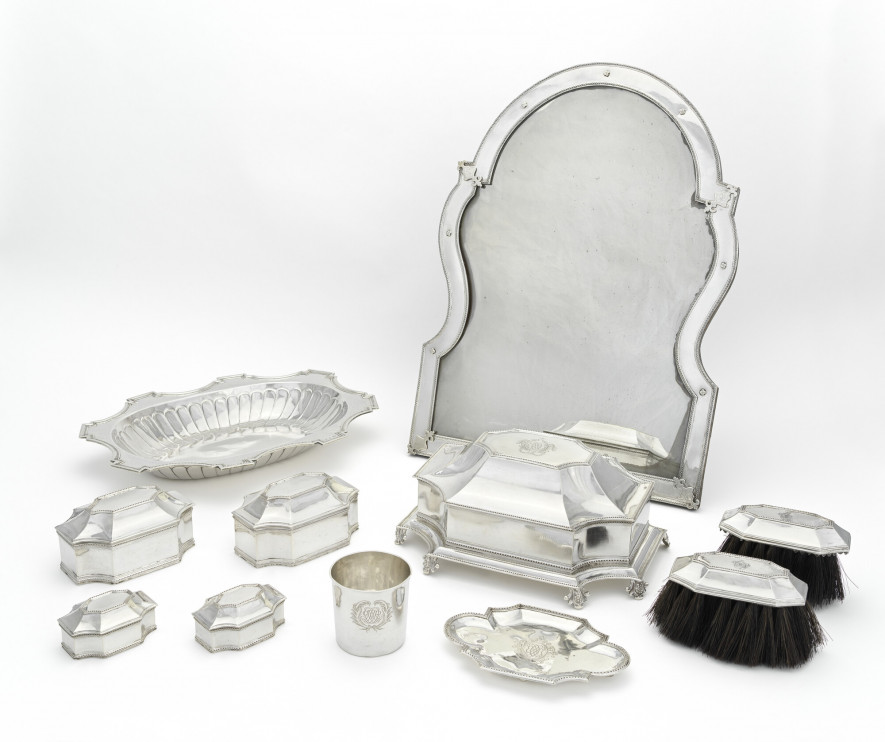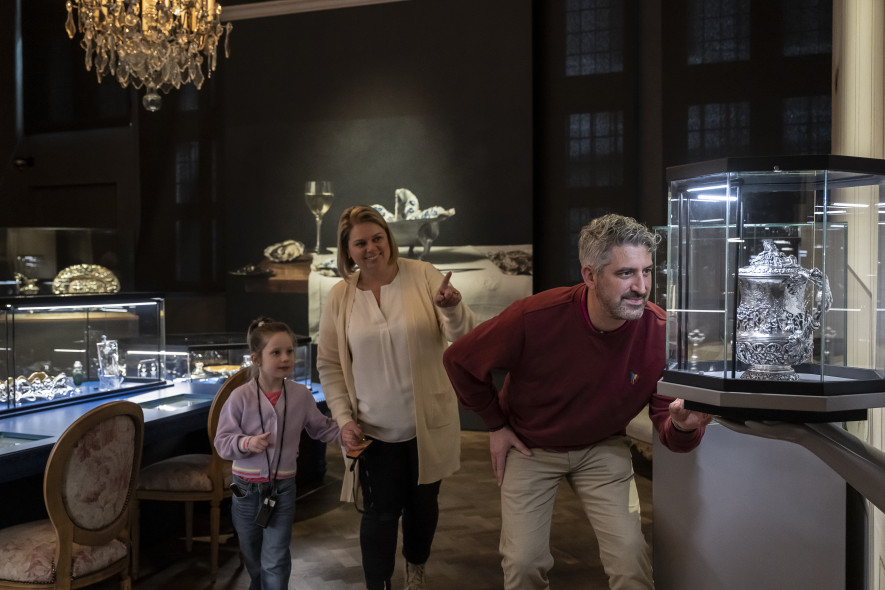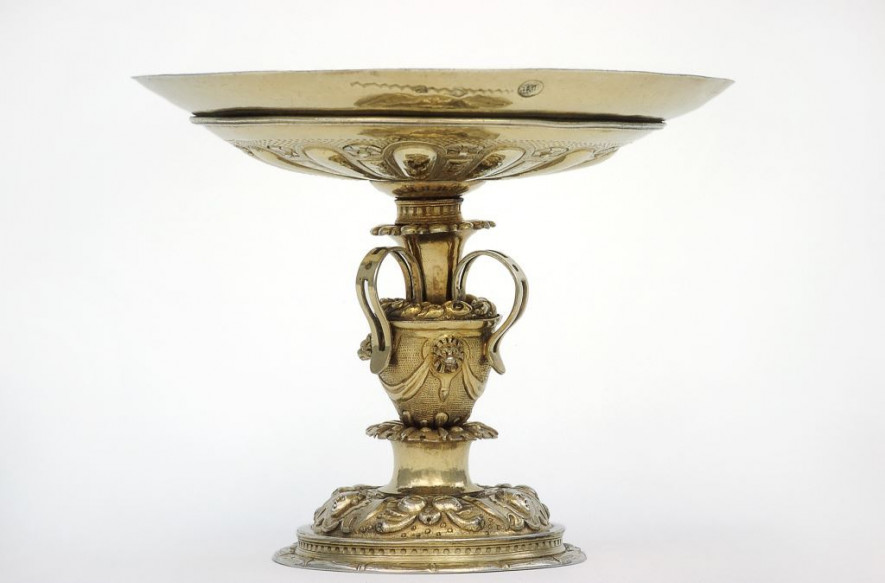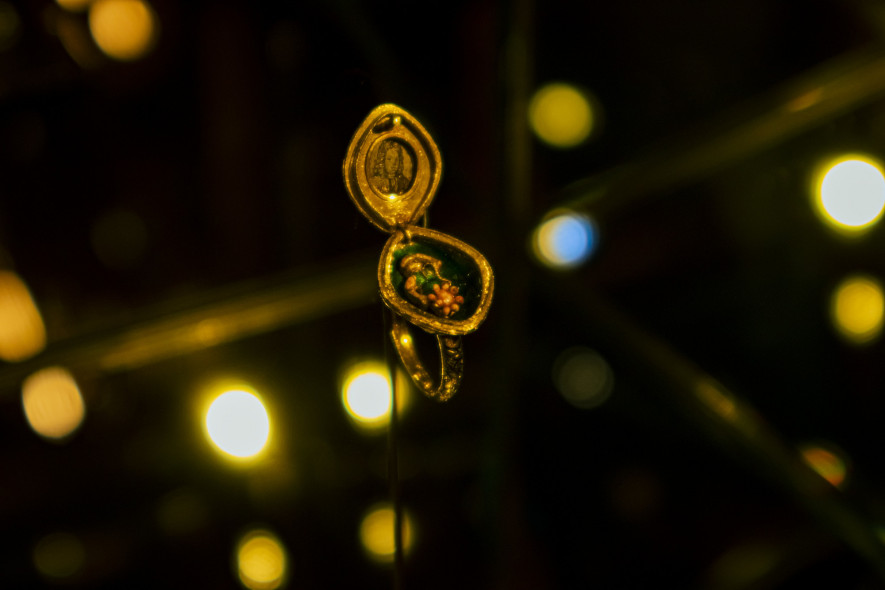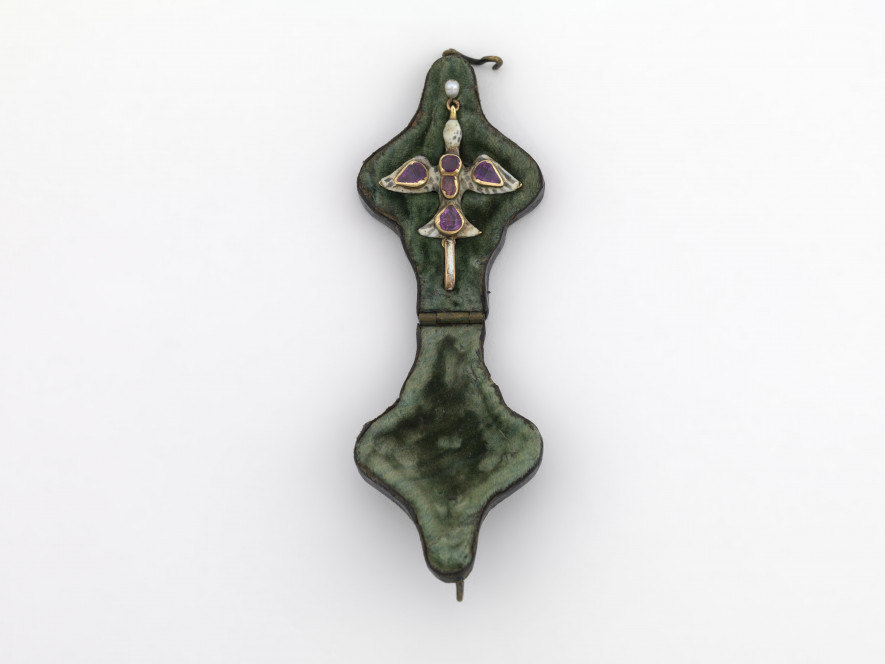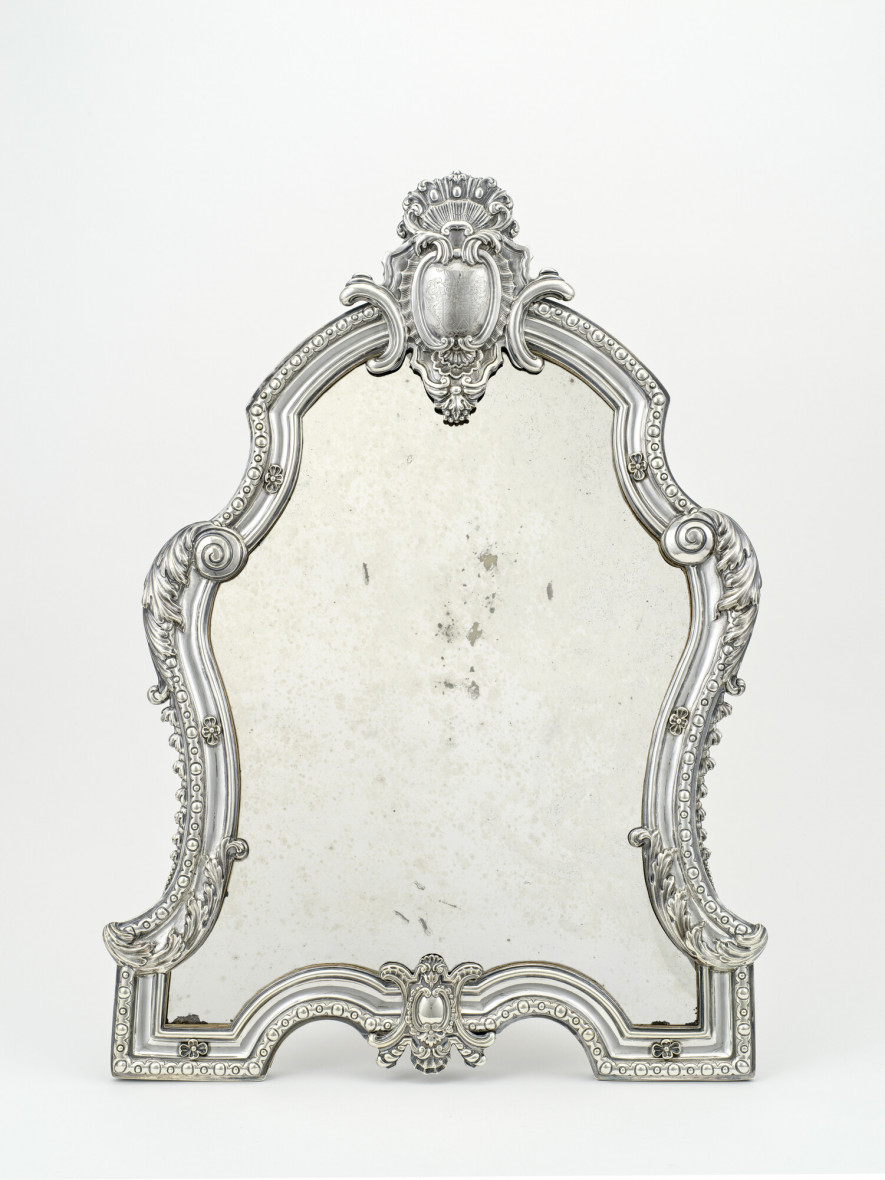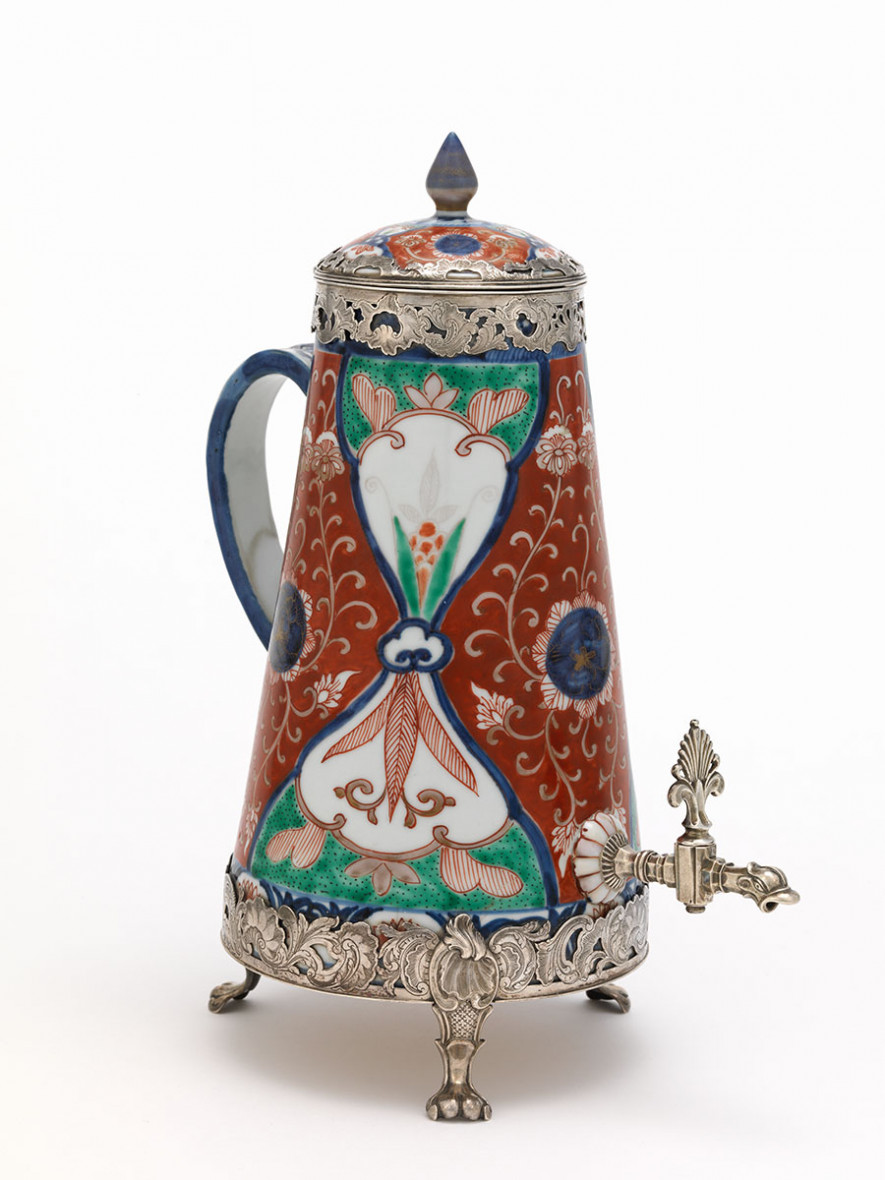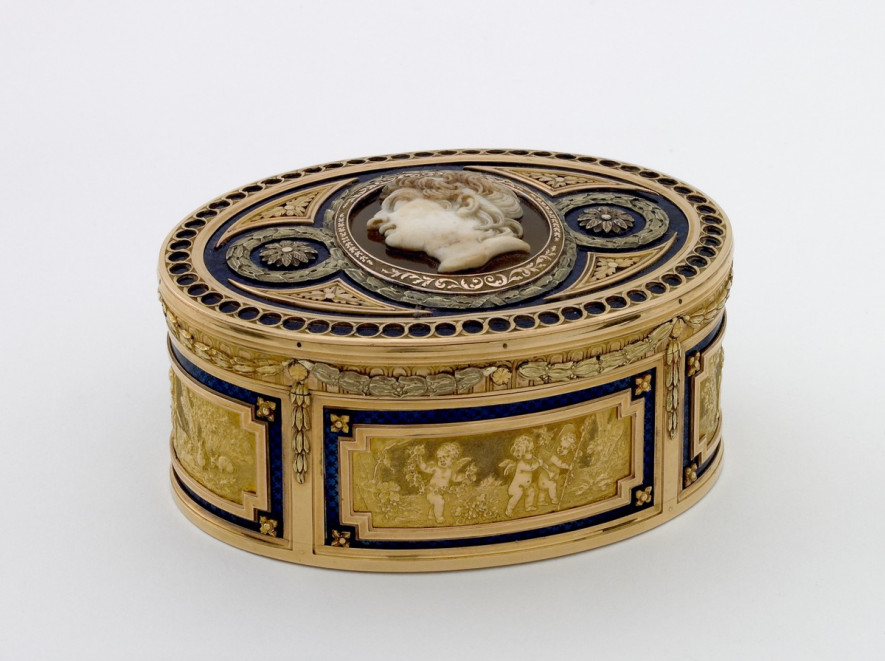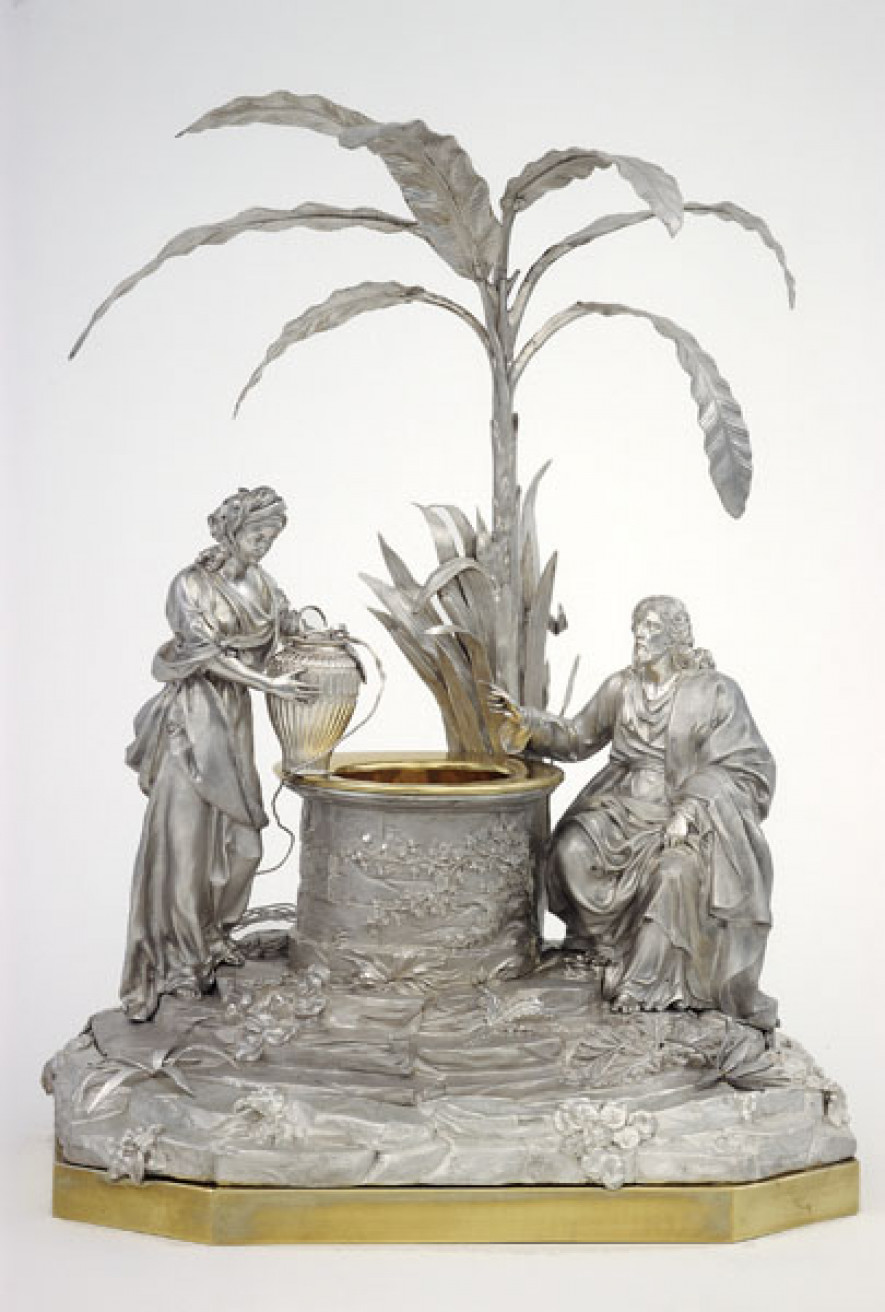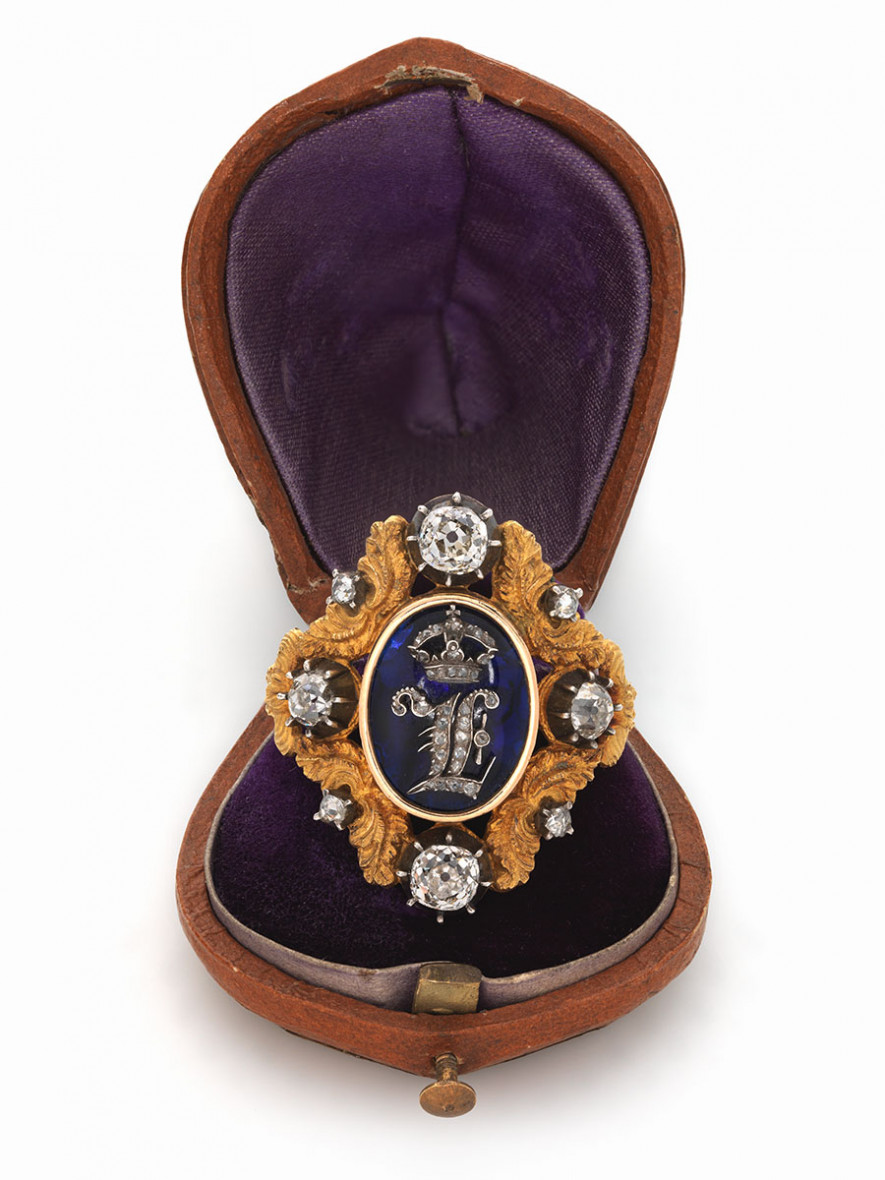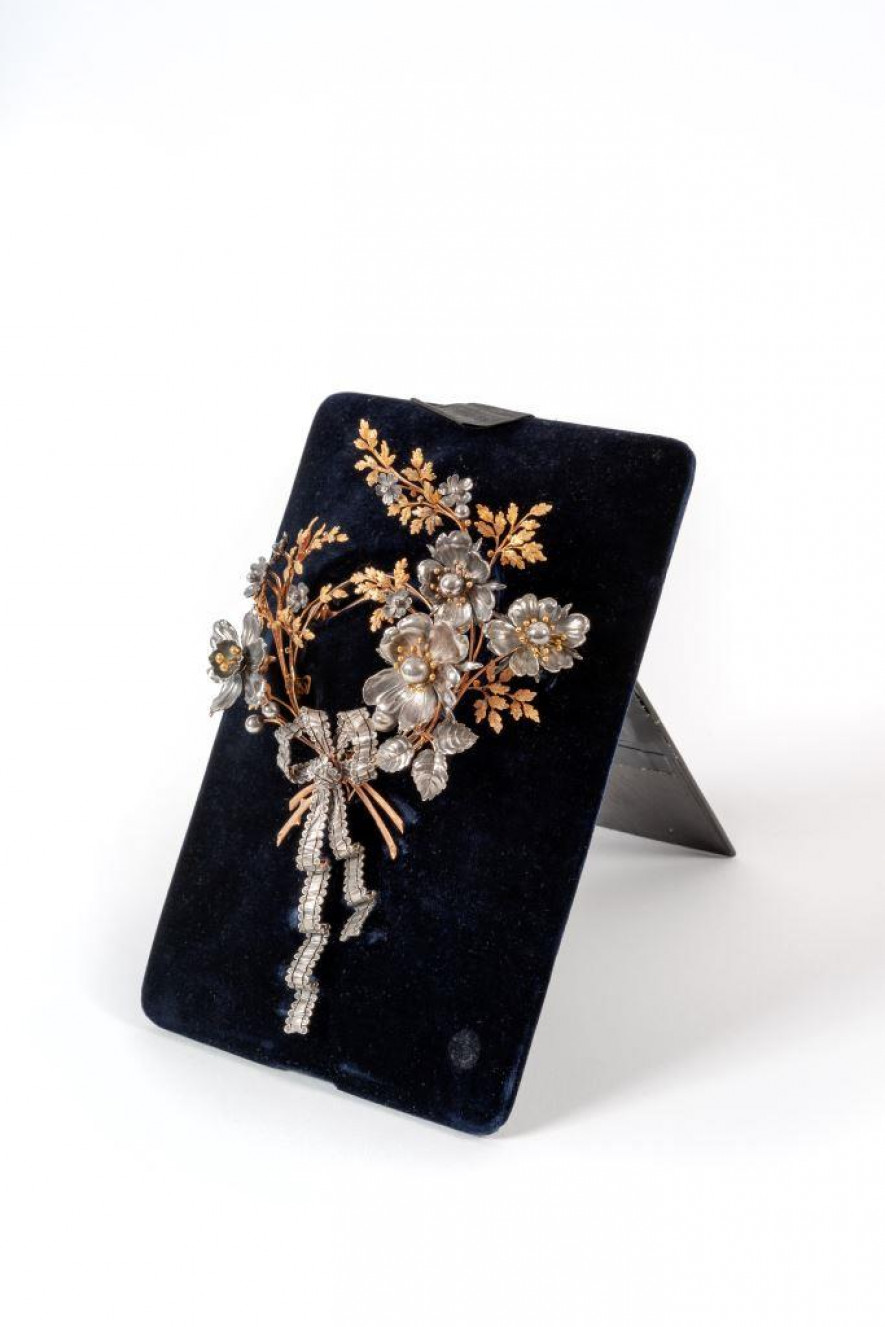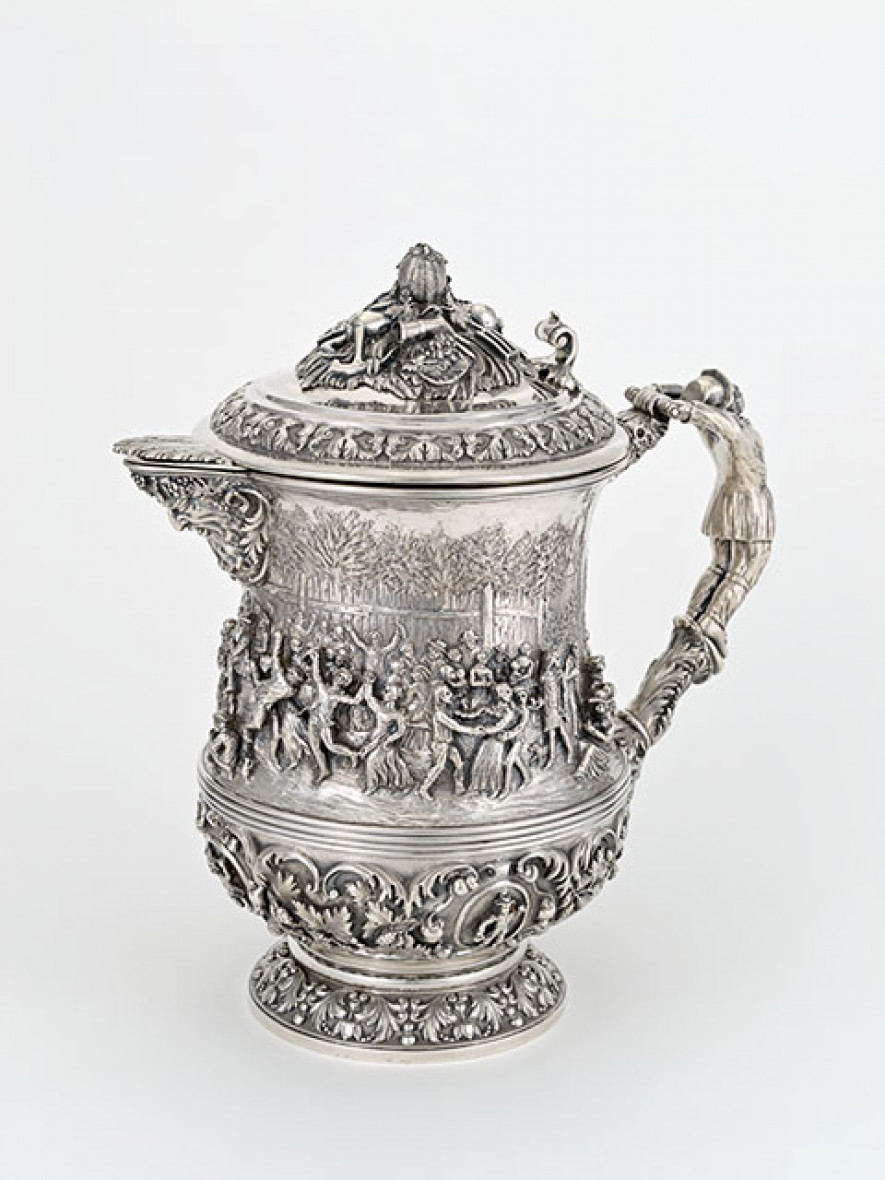On 21 March 2023, Jan Jambon, Minister-President and Flemish Minister of Culture, presented a silver toilet service with Brussels labels as a new masterpiece at DIVA museum. Meanwhile, 19 other items or sets under DIVA's management were added to the Masterpiece List on 23 March and 15 and 21 June 2023, bringing the total to 20. The museum is extremely proud to be able to share these masterpieces in their full glory with the public again since reopening in March.
"The Masterpieces Decree gives Flanders the chance to gradually acquire, protect, examine, retain and exhibit cultural heritage of special importance to a wide audience. The inclusion of these 20 objects on the Masterpiece List is recognition of the museum's acquisition, research and exhibition policy, which can count on the support of numerous stakeholders, in particular the Flemish government and the King Baudouin Foundation," says Minister-President and Flemish Minister of Culture Jan Jambon.
"In DIVA's permanent expo, visitors take a journey from the mine to the finished product. The 20 newly recognised masterpieces also take them on a journey from the past to the present. Twelve of these rare and indispensable objects or sets belong to the collection of the City of Antwerp. I am proud the city is playing its part in this historical narrative and in keeping our cultural heritage accessible," says Antwerp Alderman for Culture Nabilla Ait Daoud.
Rare Antwerp silver
Within the museum's acquisition policy, much attention is paid to the exceptionally rare 16th-century Antwerp silver. In addition to the owl cup, which will be on display from 31 October 2023 through 25 February 2024, at the expo Rare and indispensable. Masterpieces from Flemish collections at the MAS, two exceptional tazzas or drinking bowls were also recognised, one of which was once a lottery prize. The identification of the as-of-yet anonymous Antwerp silversmiths who created these splendours is the subject of further research. These objects have a high benchmark value in addition to great artistic and cultural-historical value.
"At DIVA, we are particularly proud of our 20 masterpieces or -sets. It is a privilege to manage them, examine them more closely and share them with the public, both today and in the distant future," says Wim Nys, Head of Collections and Research at DIVA.
From antiquity to the 19th century
A Roman ring excavated in 2001, property of the Province of Antwerp, will be on display until the end of July in the exposition EIGEN/AARDIG - Kunst en Archeologie in Dialoog (Art and Archaeology in Dialogue) and will then be reintegrated into the permanent exhibition, where it will confront both historical and contemporary application of the granulation technique.
A cluster ring with miniature portrait and a Holy Ghost pendant, both finished with enamel and gemstones, and a terracotta model or bozzetto for an ampoule tray, attributed to Artus II Quellinus, date from the 17th century. These rare objects are important cultural pieces from a typological, technical and artistic perspective.
The silver dressing glass of the van Susteren family, owners of the 's-Gravenwezel castle and a city palace on the Meir, is an early Antwerp Rococo example, while the coffee urn with three taps made by Antwerp silversmith Jan Baptiste Cassé and a coffee urn in Japanese porcelain with silver frames by Marie-Jeanne Husson from Oudenaarde are exceptional à la mode examples for the 1760s from several points of view. A golden Parisian snuffbox with an embedded cameo from the Smidt van Gelder collection was made by Robert-Joseph Auguste in 1769-1771. By this orfèvre ordinaire du Roi from Mons, barely seven snuffboxes are known including ones in the Louvre (Paris), the MET (New York), the V&A Museum (London) and the Hermitage (St. Petersburg).
For the 19th century, some highly exceptional historical objects with royal and imperial aspects were included on the masterpiece list. A parure with amethysts and brilliants is a gift from Emperor Napoleon to Countess Vilain XIIII, which she in turn offered to the Basel church, and is now on display in DIVA's permanent exhibition. The holy-water stoup depicting Christ and the Samaritan woman at the well was once owned by King Leopold I and was made in 1833 by Jan Pieter Antoon Verschuylen, an outstanding silversmith from Antwerp. Finally, a ring ordered by Leopold I from Brussels court supplier Jean-Baptiste Dees and presented to Gérard Waefelaer in 1835 is an exceptionally well-documented and rare example of Belgian jewellery art from the first half of the 19th century.
International appeal
The organisation of international exhibitions in the 19th century provided an incentive for jewellers and silver companies to showcase their technical prowess or raise their artistic and commercial profile. The 'Couronne pompadour' brooch by Liège-born Parisian jeweller Oscar Massin and the tankard with Teniers scenes by Jean Dufour & Frères are brilliant examples.
Another designer of international stature is Henry van de Velde, from whom the museum owns a rare sauce boat. Van de Velde drew the design during his stay in Weimar. In 1903, this model was put into production by the firm Koch & Bergfeld and sold by court jeweller Theodor Müller.
From the Brussels Wolfers Frères, of whom DIVA manages part of its extensive archives, two oval platters of the Gioconda model were recognised as masterpieces. These plates designed by Philippe Wolfers are the only surviving remnants of the tableware that was effectively shown at the Exposition des arts décoratifs et industriels modernes in Paris in 1925. The centrepiece Ondine with a sculpture by Marcel Wolfers and accompanying candelabras by Wolfers Frères, created for the Belvédère's table of honour at Expo '58, were given masterpiece status as a set as well. The design drawings for both sets are also part of DIVA's collection.


